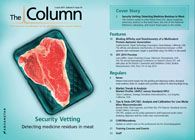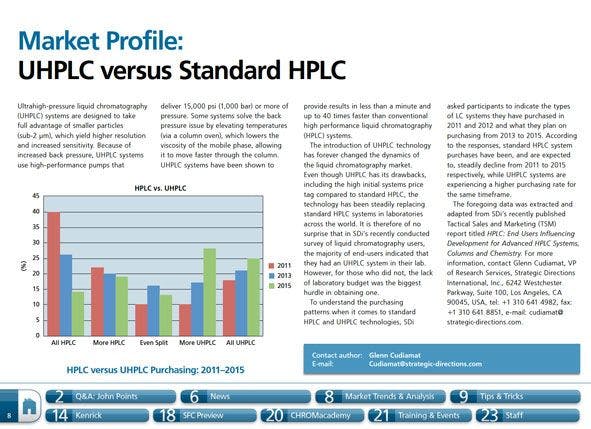Malvern enters grinding & dispersing market
Malvern Instruments (Malvern, UK) has entered a three year co-marketing agreement with Netzsch Grinding and Dispersing (Selb, Germany). The two companies serve shared markets including food, ceramics, pharmaceuticals, nano-technology applications, and surface coatings through to metal and mineral mining.

Malvern Instruments (Malvern, UK)has entered a three year co-marketingagreement with Netzsch Grindingand Dispersing (Selb, Germany).The two companies serve sharedmarkets including food, ceramics,pharmaceuticals, nano-technologyapplications, and surface coatings through to metal and mineral mining.
Particle characterization is becoming increasingly importantfor fine grinding to the submicron- or nanometer range becauseproduct properties often depend directly on particle size, accordingto Dimitrios Makrakis, Netzsch Grinding & Dispersing Business Unitmanaging director. He added: “The correct and reproducible analysisof particle size is a prerequisite for process optimization and qualitycontrol. As Malvern is a world-leading manufacturer in particleand materials characterization, we have the ideal partner to deliverthe best overall solution for both grinding technology and particlecharacterization and clients of both companies will benefit from thispartnership.”
Under the terms of the agreement, Malvern instrumentation will beinstalled in Netzsch demonstration and test laboratories in China, Brazil,Germany, Korea, India, and Russia. Customer materials in Netzschfacilities will be routinely tested using Malvern instrumentation, withMalvern staff available for consultation about analysing data. PaulWalker, Malvern’s managing director, said: “This cooperation betweentwo well-established, global companies provides real opportunitiesfor both of us to benefit from the collective expertise, experience, andmarket understanding that underpins each business.”
For more information please visit: www.malvern.com or http://www.netzsch.com/gd
This story originally appeared in The Column. Click here to view that issue.

Regulatory Deadlines and Supply Chain Challenges Take Center Stage in Nitrosamine Discussion
April 10th 2025During an LCGC International peer exchange, Aloka Srinivasan, Mayank Bhanti, and Amber Burch discussed the regulatory deadlines and supply chain challenges that come with nitrosamine analysis.












